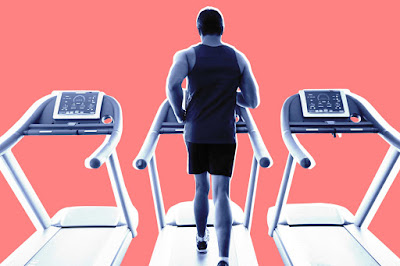Christmas is typically a time when diets get put on hold and over indulgence needs no justification. With the festive period beginning early in December and continuing relentlessly into January, the invitations to boozy parties and calorific buffets can sometimes become hard to keep track of. If you want to make the most of the festive season this year but still stay trim, then follow these ten healthy tips for Christmas.

1. Drink sensibly
For many, alcohol is just as much a part of Christmas as presents and Santa. During the festive season, supermarkets will offer discounts and bulk buy deals which encourage customers to stock the cupboards far beyond necessity. When shopping for booze it is worth remembering that a glass of wine has approximately the same amount of calories as four cookies, and a pint of beer has roughly the same calorie content as a slice of pizza! In addition to this, alcohol is high in fat, carbs and sugar and will actually reduce the amount of fat that your body usually burns for energy! If you don’t want to completely avoid the bottle then the next best thing is to opt for the low alcohol alternatives and always have a soft drink or water in between an alcoholic one. Also, red wine is a great option as it contains antioxidants and is also high in resveratrol which is good for the heart.2. Exercise
Christmas might be a holiday season but that’s no excuse to treat it like a holiday! Don’t be tempted to deviate from your usual exercise routine or to ignore it completely. A few days out of your fitness routine can put a serious funk in your motivation. If it’s not possible for you to get to the gym then you can try doing an alternative workout in your own home. There is a massive selection of DVD’s and online videos to inspire you!3. Enjoy the day, not the hype
The consumer excitement surrounding Christmas seems to come earlier every year as the retailers attempt to get you to spend more. Don’t be sucked in by this and remember that Christmas is something to be celebrated over just a few days, not an entire month. An average calorie count for Christmas day can reach 6,000 calories! So, if you eat throughout the month of December as you would on Christmas day then weight gain is inevitable.4. Variety
There is an incredible range of vegetables that you could prepare for your Christmas dinner. Why not try something different this year and shop around for foods that you might not usually eat. With a spread of leafy green vegetables, root vegetables, sprouts, shoots and bulbs, your guests will have so much to pick from that they’ll be less inclined to opt for the unhealthier options.5. Be alternative
There is such ample opportunity to get creative in the kitchen over the festive period with new and interesting recipes. Even if turkey is your traditional Christmas centrepiece, why not experiment this year with a nut roast or tofu dish? Both of these options are great ways to get a big dose of protein into your festive diet.6. Buy active presents
Extend your healthy Christmas ideology into your gift giving this year and buy presents that will have your friends and family up and about. For adults try sports gear, gym memberships or vouchers for days out. For younger recipients, a new bike or a football is always a winner and you can burn off some calories by getting involved and going to play with them.7. Start the day right
A healthy, wholesome breakfast will help deter you from snacking or eating unhealthier meals later in the day. Opt for something filling like porridge with a selection of fruits or a boiled egg with wholegrain bread. The right breakfast will give you the energy boost you often need at Christmas, especially if you have young children who have woken you up at the crack of dawn to open presents!8. Substitute typical snacks
Mince pies, sausage rolls and Christmas pudding are commonplace during the festive season but just because they’re there, does not mean you have to eat them! Just one mince pie contains 250 calories and a sausage roll can have upwards of 300! When at a party where you are presented with such snacks, always drink a lot of water to help yourself feel full and look out for the fruit plates instead.9. Go prepared
When invited anywhere make sure to take your own healthy dish. This can range from a selection of snacks to an entire main dish or tray of pre-cooked veg. By doing this you ensure that even if the spread at your hosts home is mostly the traditional calorific choices then there is still plenty for you to eat.10. Flavor
Knowing how to create tasty dishes without reaching for the salt shaker is a great way to look after your health all year round, not just at Christmas. Having a selection of herbs to hand is a fantastic way to achieve this. With a little experimentation you will soon know what work well with which dishes and you will then be less tempted to add salt or heavy sauces to your meals.reprinted from Mind Body Spirit












